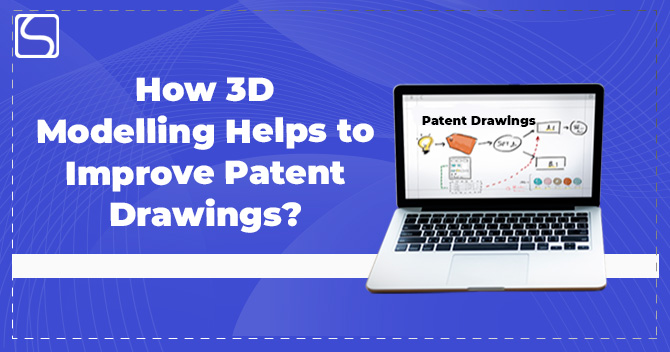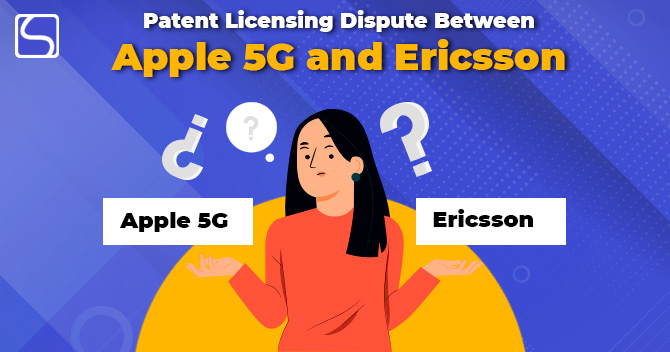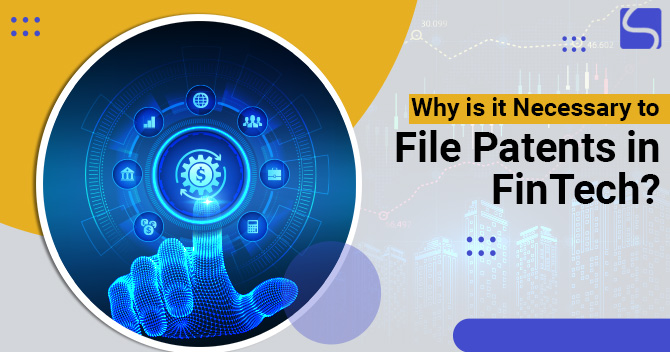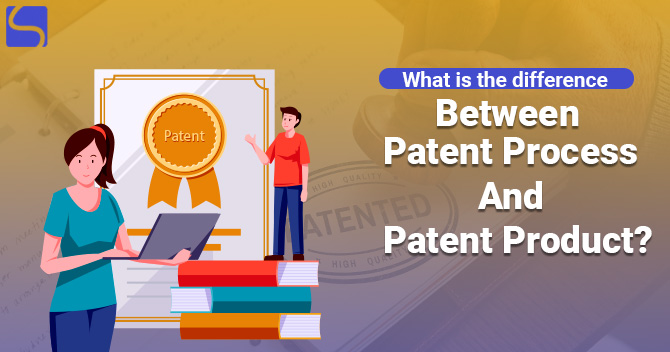How 3D Modelling Helps to Improve Patent Drawings?

Karan Singh | Updated: Mar 04, 2022 | Category: Patent
Visual representation has the power to describe a difficult concept effectively. That’s why Patent Drawings and Illustrations are specifically used to demonstrate inventions while filing and drafting applications for Patent Registration. With the advancement of technology, several computer-aided devices are being used to capture inventions in 3-D or 2-D Sheet. In this blog, we are going to highlight how 3D Modelling helps to improve Patent Drawings.
Table of Contents
What Do You Mean By Patent Drawings?
Before we discuss how 3D Modelling helps to improve Patent Drawings let’s understand the meaning of Patent Drawings. A Patent may contain drawings, also called Patent Drawings, describing the innovation, some of its embodiments (which are particular methods or implementations of executing the invention), or the prior art.
The Patent Drawings comprise both Design & Utility Patents Illustrations. The Patent Drawings may be required by the law to be in a specific form, and the requirements or necessities may vary depending on the jurisdiction. Patent Drawings acts as visual material supporting the invention. Depending on the Patent invention, it can use chemicals, graphs, symbols, chemical or mathematical formulas, and symbols. Following are the various types of Patent Drawings:
- Electronic;
- Drawing-graph;
- Utility;
- Sectional views;
- Drawing-exploded;
- Schematics & Flowchart;
- Mechanical;
- Perspective.
What is 3D Modelling?
3D Modelling is the process or method of creating a 3-D representation of an object or thing using specialised software. This representation, called a 3D Model, can carry an object’s shape, size, and texture. You can produce or make 3D models to describe product specifies and designs that have not been produced in actual life. You will understand the importance of 3D Modelling after getting familiar with the problems faced in the absence of 3D Modelling.
What is the Purpose of 3D Modelling?
The Primary purpose of 3D Modelling is not only to be able to see what your idea would like in actual life but to be able to give a manufacturer to file your 3D Model to create or make a rapid prototype or the finished product.
Inventors must realise that Patent Drawings are required to file with an application for Patent Registration, but it can be difficult to get to the manufacturing phase. 3D Model Software provides the ability to generate a 2D view based on a 3D model to create a rapid prototype/the final product.
Issues Faced without 3D Modelling
Without 3D Modelling, the Patent Drawings cannot improve; that’s why to improve Patent Drawings, 3D Modelling is vital. Patent Drawings might not be able to depict complex innovations or inventions in the most descriptive manner. Following are some problems that occur without 3D Modelling:
- Extra Time to Prepare Exploded & Sectional View: Exploded diagrams describe how various product components can be assembled with dotted lines showing the point of connection. On the other side, Sectional Views are used to represent the interior construction of a part that is otherwise challenging to explain with hidden lines in the outer view.
Both Sectional & Exploded views are vital to representing a distinctiveness of an invention. Therefore, they are best represented by 3D Modelling. Without the refinement of 3D Modelling, it becomes hard to capture the details of the invention without a representation of the view.
- Additional Time to Set up Consistency between Each View: Setting up consistency & relationship between symmetric views becomes easy with 3D Modelling. For instance, while explaining the invention in a 3D viewpoint, drawings can be shown in a combination of bottom & top view, left & right view, front & back view etc. This results in more clarity for the observer & examiner from 360 perspectives. But, in the absence of 3D Modelling, the consistency between different views is difficult to set up & understand.
- Extra Time for Drawing Preparation: In the lack of 3D Modelling, the drawings take more time to prepare. That is because inventors want to represent all the sections & parts of drawings with a limited capacity of 2D graphics.
- Some Time for Understanding the Invention: A drawing representation with 3D Modelling makes it easy for an examiner or a general observer to understand the deals of the invention. The same cannot be said about 2D representation as it might not be able to show the 3D idea of the drawing in a 2D viewpoint.
- Greater Chance of Office Action over Steadiness & Quality: Without this Modelling, reproducing the needed representation of the product or items’ part/s becomes a stretching task. Further, it’s also tough to capture the distinctiveness of the invention.
Finding the problems or issues without 3D Modelling is the correct step before strategising over its solution. Now let’s discuss the solutions offered by 3D Modelling to improve Patent Drawings.
Solutions Offered by 3D Modelling to improve Patent Drawings
Following are the solutions offered by 3D Modelling to improve Patent Drawings:
- The inventions are better signified;
- Maintains consistency between each view;
- One can prepare sectional & exploded view easily at any required angle;
- One can describe or explain the exact part of the innovation without any missing lines;
- Identical parts can be easily made from various angles in different figures without disturbing the consistency;
- The drawings take some time to prepare 3D models
Merely knowing solutions with 3D Modelling[1] to improve Patent Drawings will not produce the expected result; it’s vital to know its practical implementation too.
Conclusion
In the end, it is concluded that with the help of 3D Modelling, it can help to improve Patent Drawings, we can effortlessly prepare Patent Drawing at the required angle. Additionally, the expected result can be attained with reasonably minimum time & effort. It also helps to maintain steadiness and drawings’ quality. Finally, it lessens the possibility of receiving an office action by the examiner of the Patent Office.
Read our Article:What are the Advantages & Disadvantages of the Patent Cooperation Treaty (PCT)?














